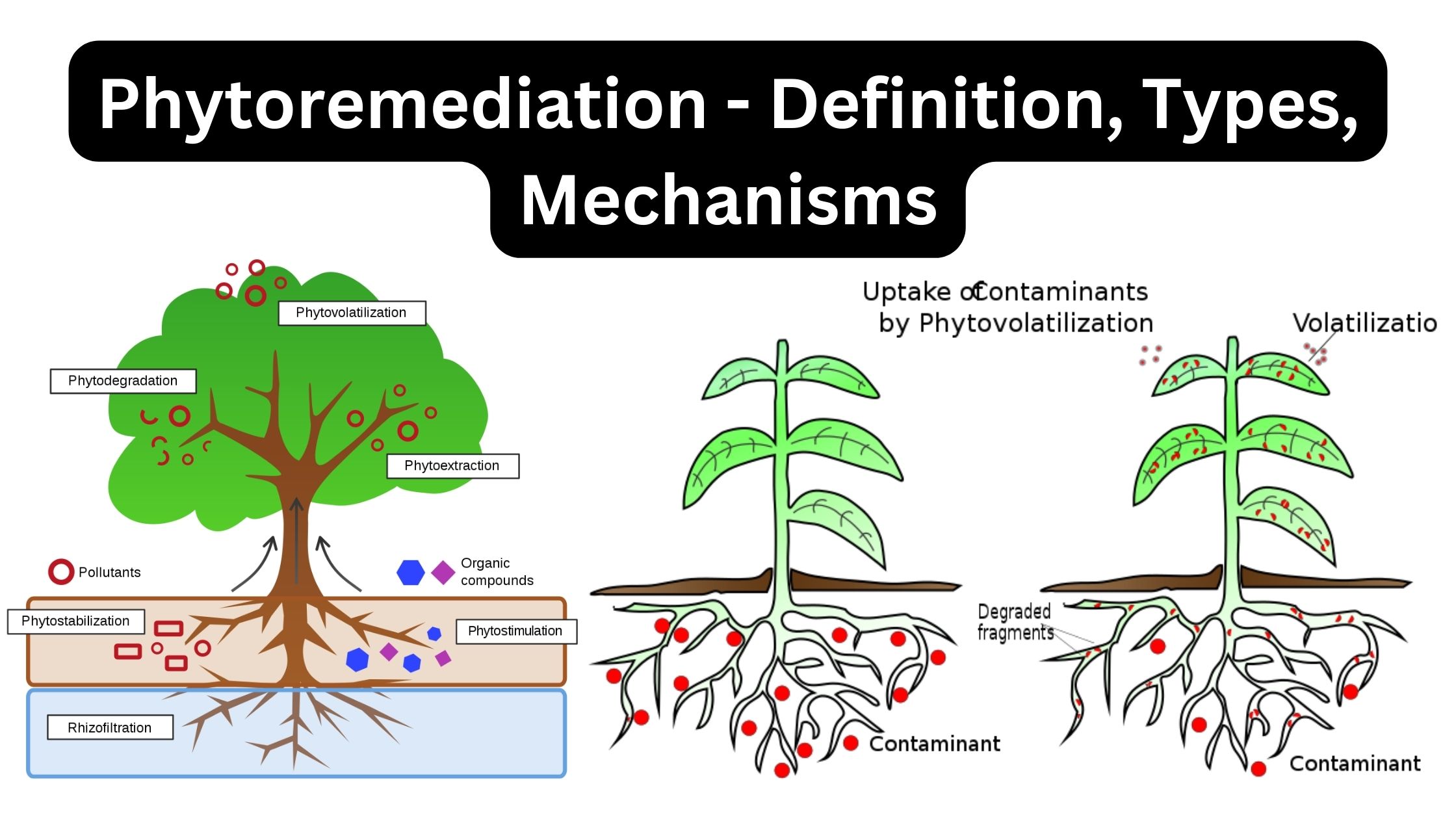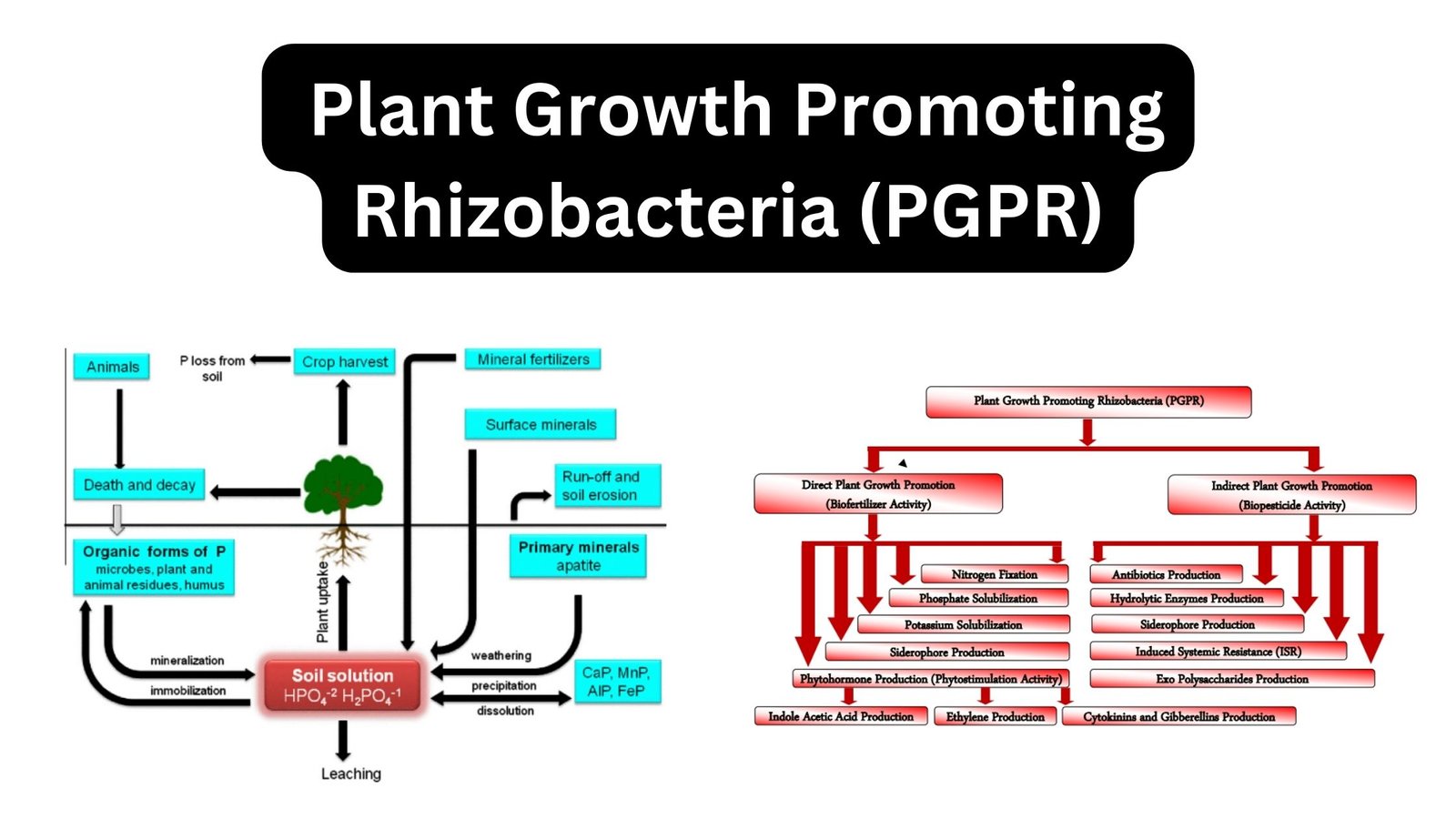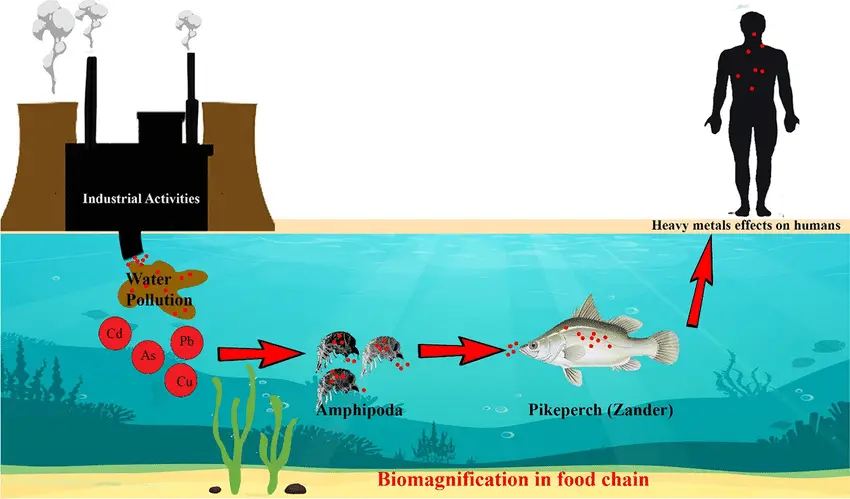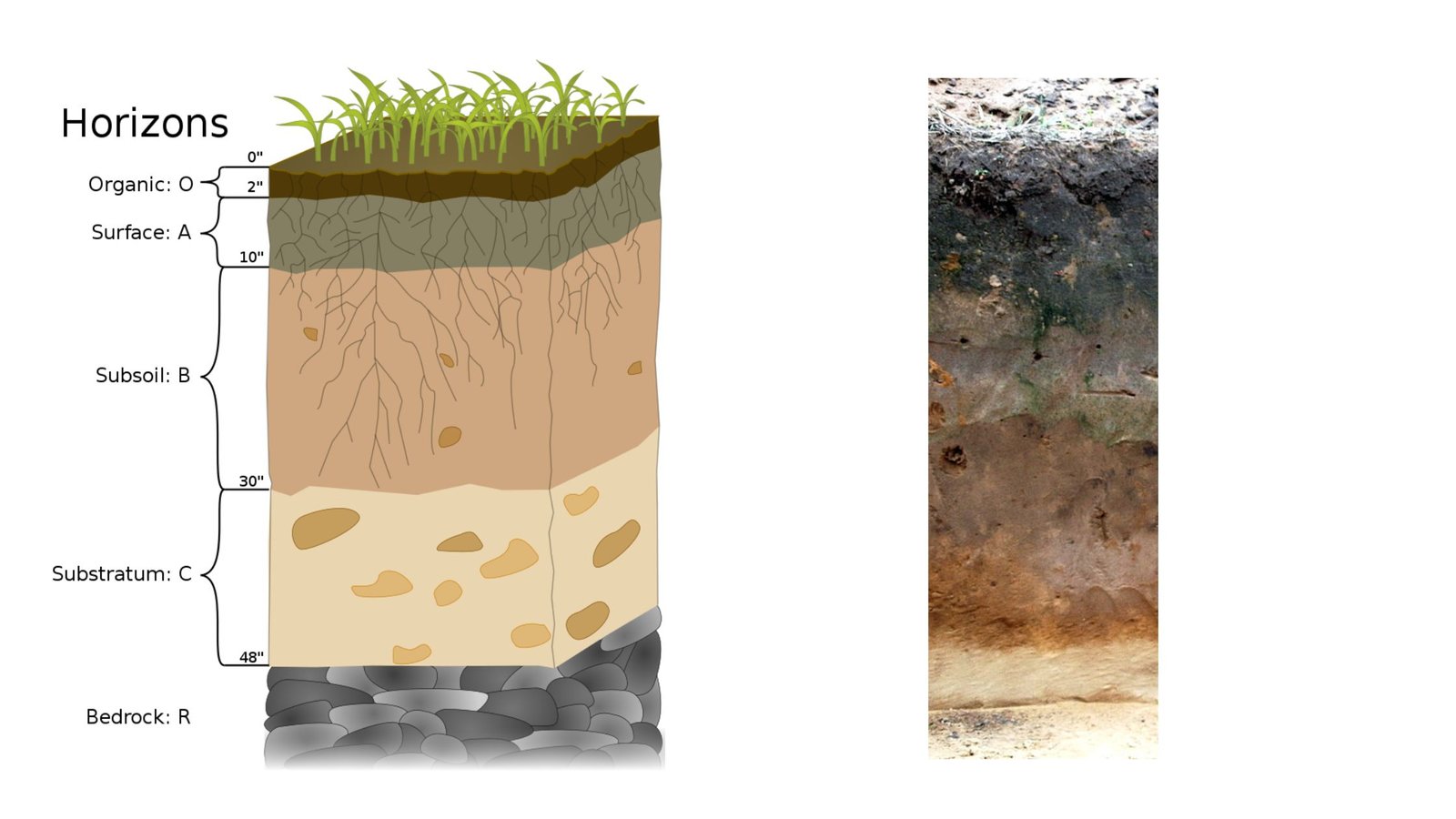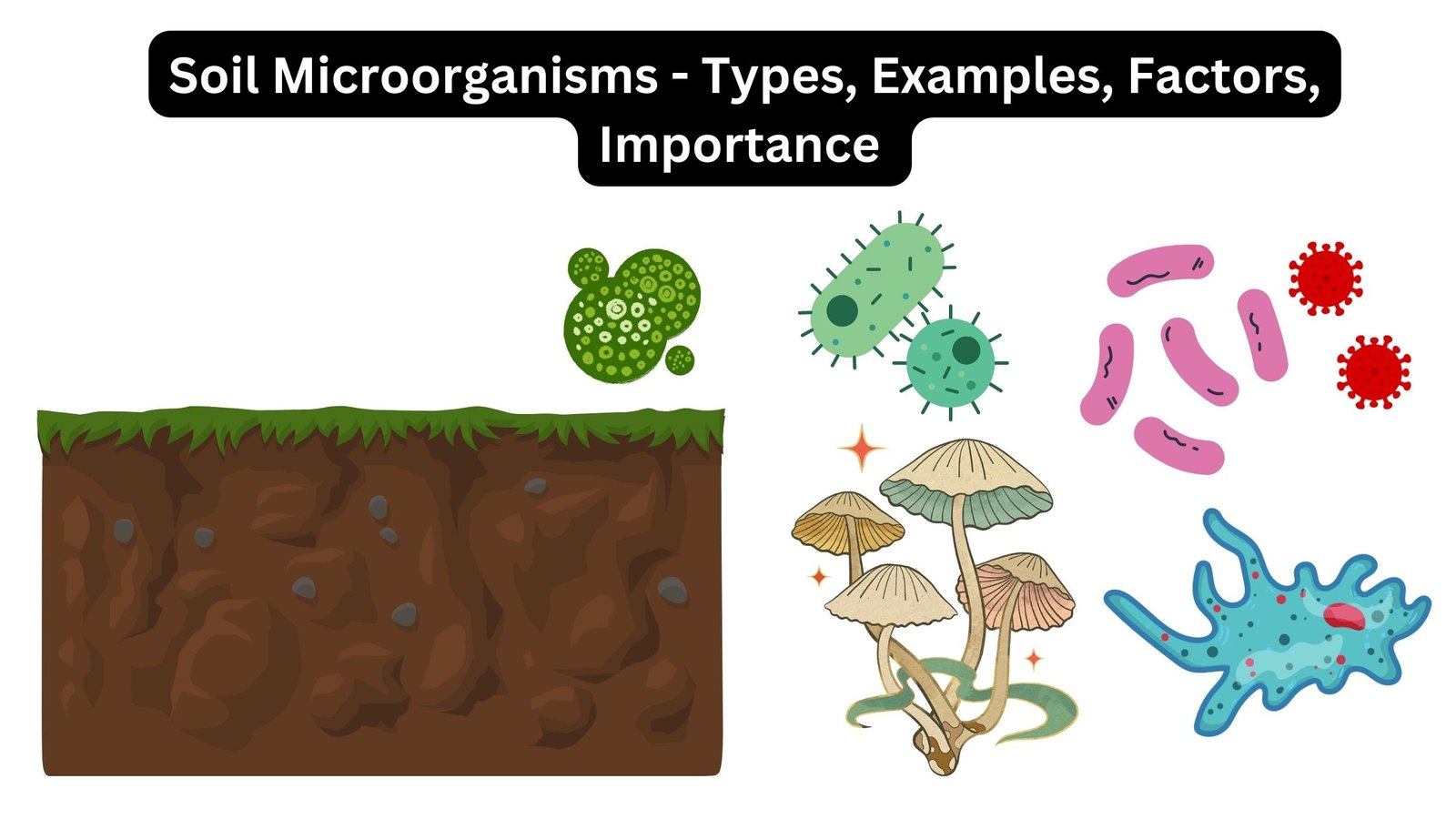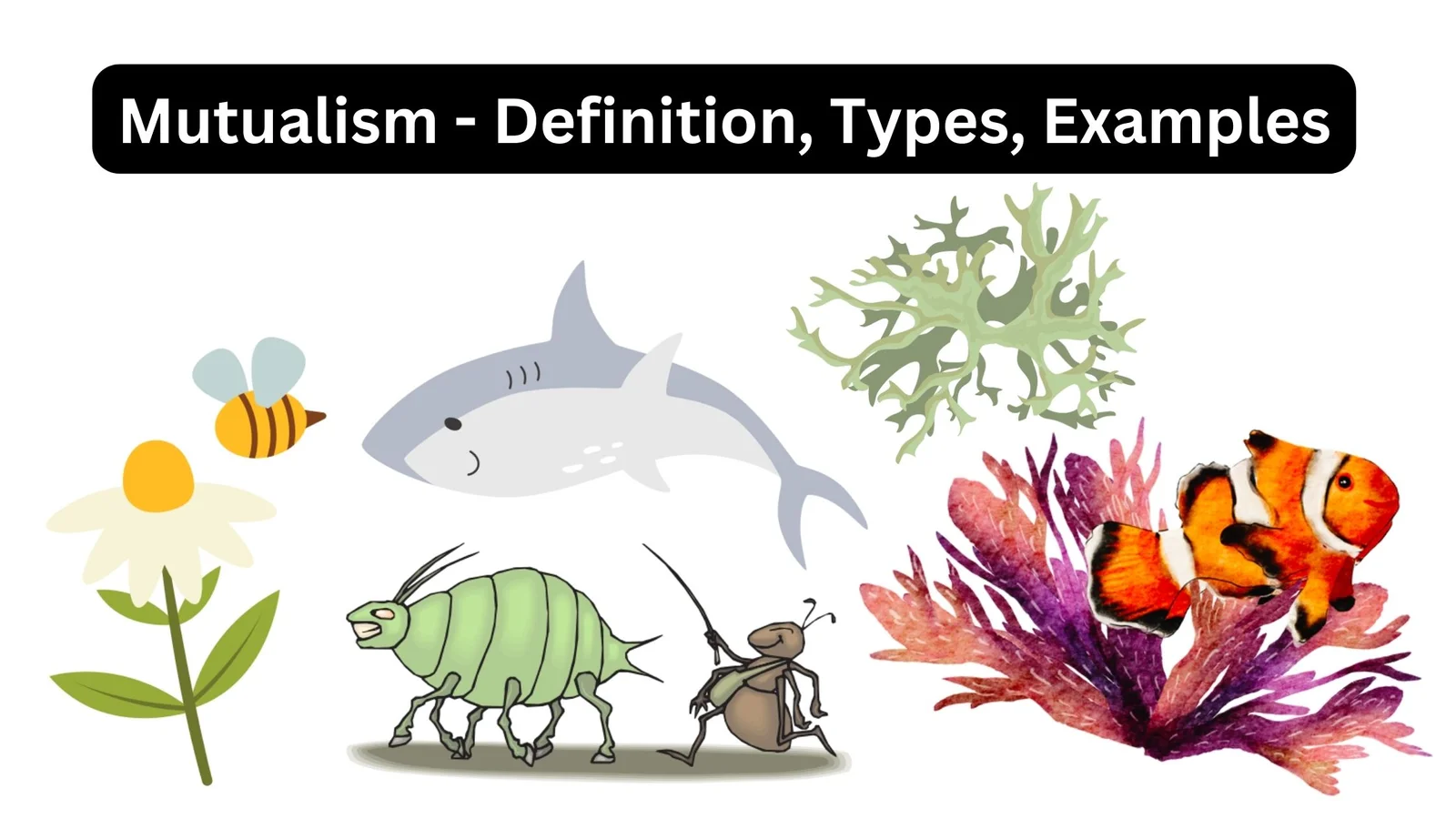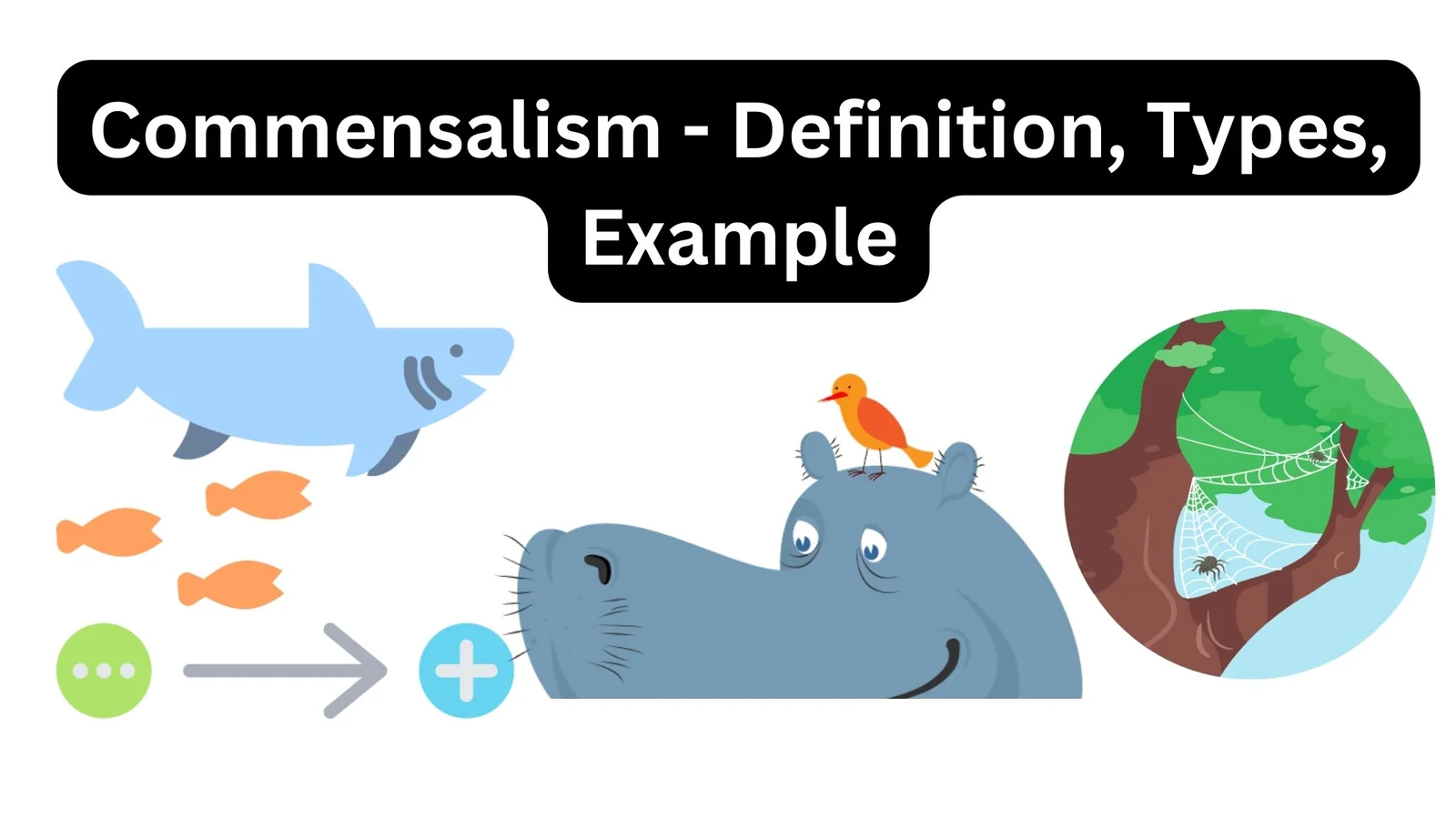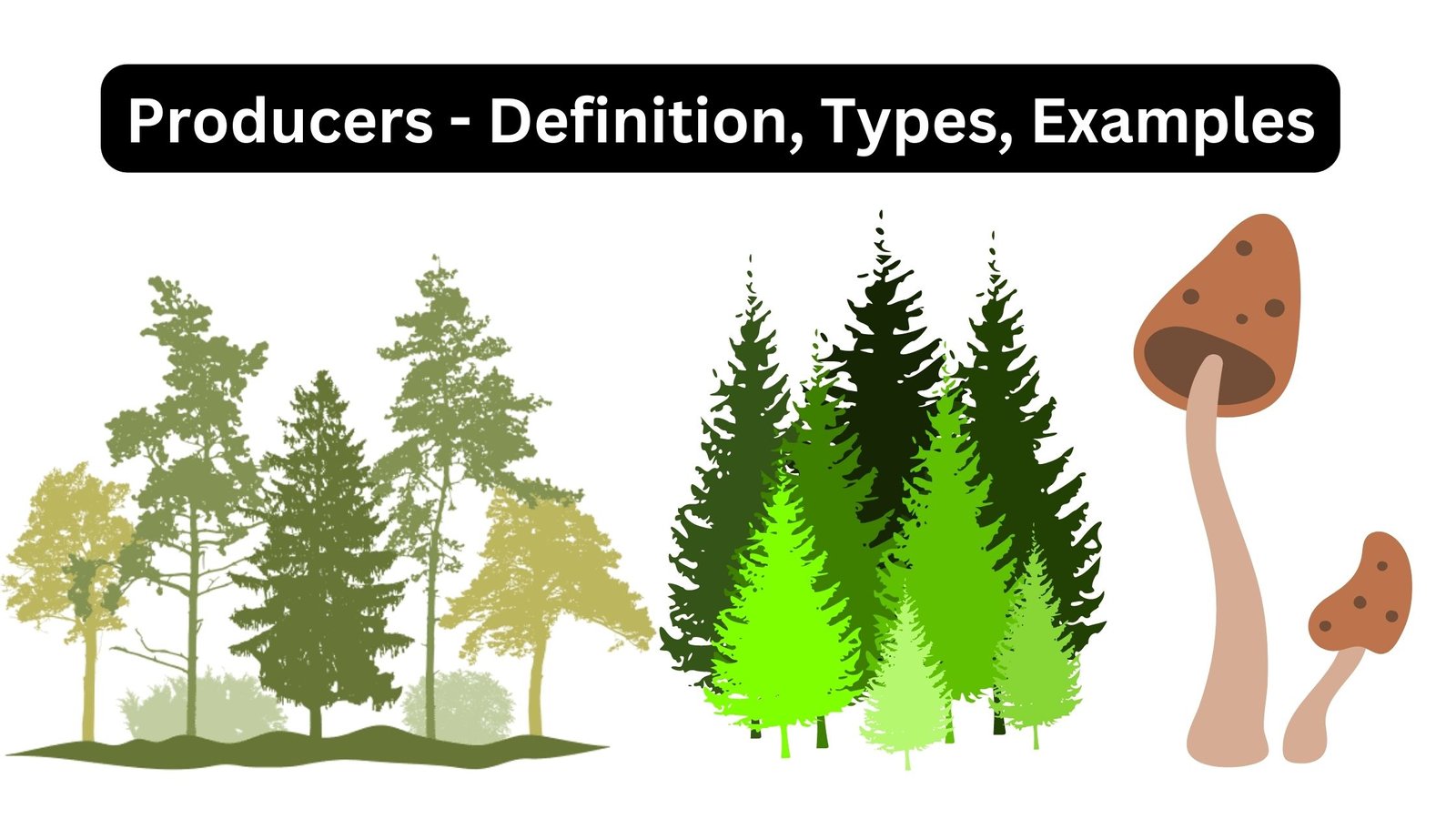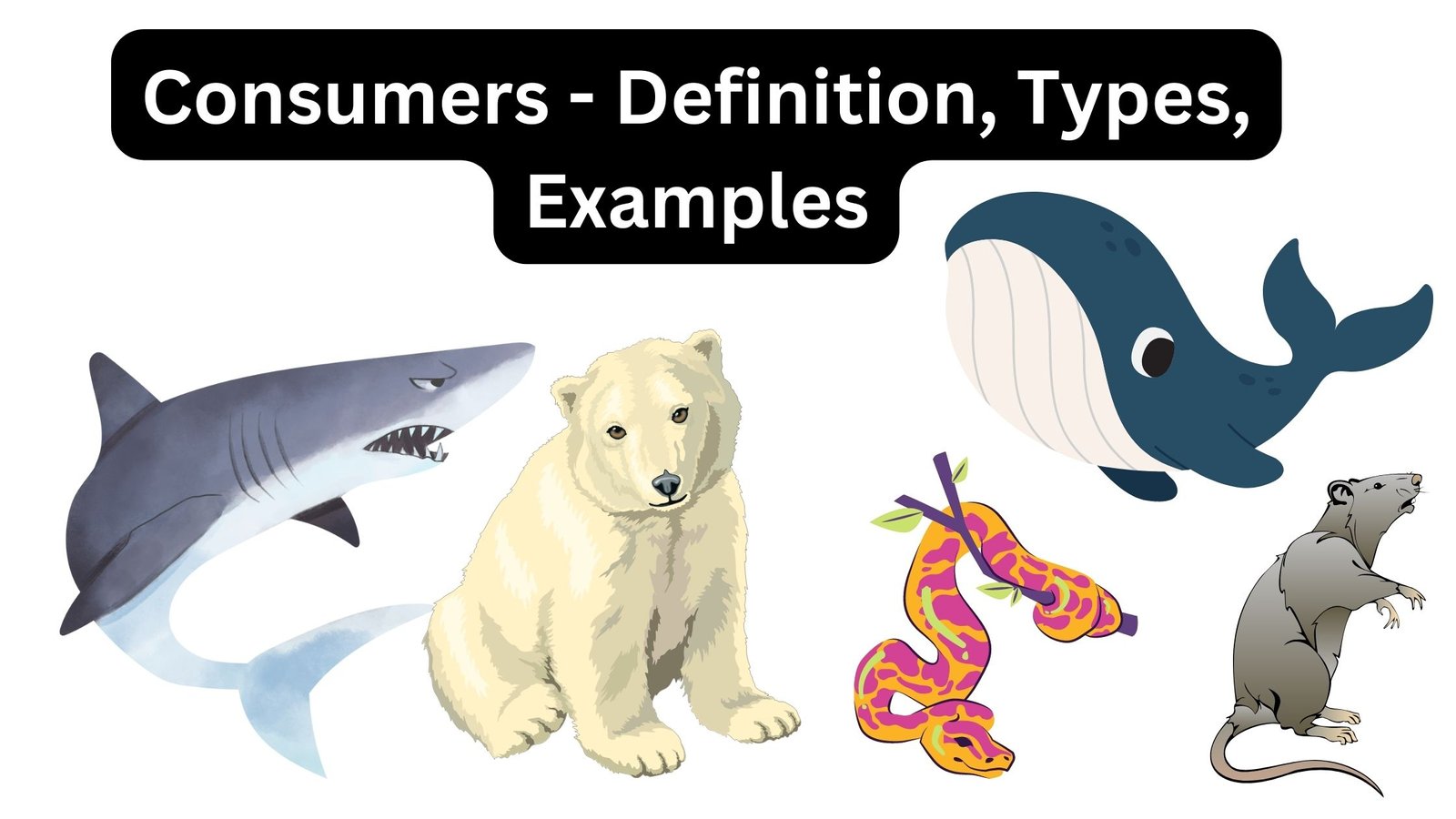Phytoremediation – Definition, Types, Mechanisms
What is Phytoremediation? Types of Phytoremediation There are three varieties of phytoremediation: 1. In situ phytoremediation Advantages of In situ phytoremediation Disadvantages of In situ phytoremediation 2. In-vivo phytoremediation with relocated contaminants 3. In vitro phytoremediation Processes Of Phytoremediation Phytoremediation is based on certain natural processes carried out by plants, such as: Mechanisms of phytoremediation … Read more
